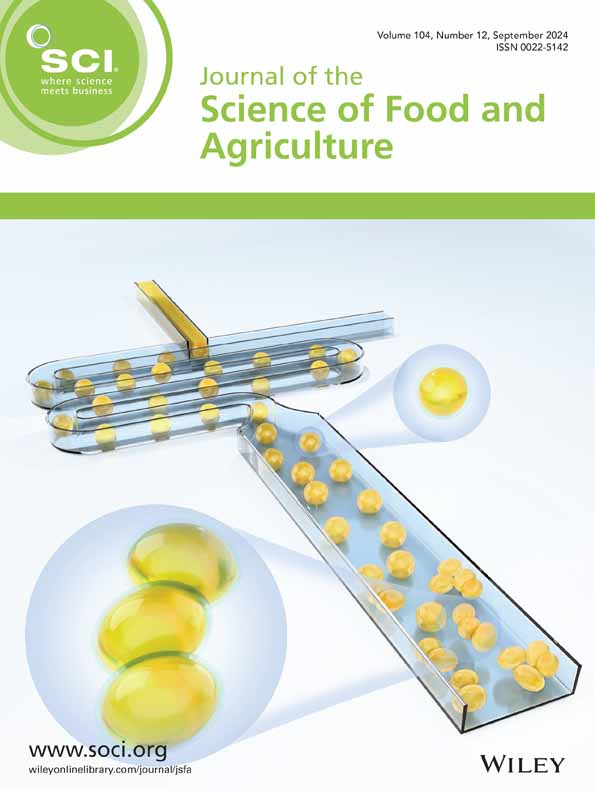Evaluation of the potential of achachairu peel (Garcinia humilis) for the fortification of cereal-based foods
Abstract
BACKGROUND
Achachairu is an exotic fruit that is being studied for its bioactive compound composition. However, there is scarce information on the properties of its by-products and their incorporation into food. In this study, achachairu peels were used to obtain phenolic-rich and sustainable ingredients. Furthermore, their potential for use in the fortification of food, particularly cereal-based products, was evaluated. Different ratios of ethanol:water were used to extract the phenolic compounds from achachairu (100:0, 90:10 and 70:30). The optimal extract was characterised regarding its total phenolic content (TPC) and antioxidant, antimicrobial and anti-enzymatic properties. Finally, achachairu peel powder and extract were incorporated into bread and their influence on the texture, antioxidant properties and shelf life of the product was evaluated.
RESULTS
High-performance liquid chromatographic analysis showed that the 90:10 extract contained a higher phenolic composition than the other samples. The achachairu extract presented a TPC of 88.7 mgGAE g−1, good antioxidant capacity towards DPPH and ABTS radicals and the capacity to inhibit the activity of α-amylase by almost 80%. The addition of achachairu peel powder and extract to bread increased its hardness, chewiness and gumminess, not affecting the remaining texture parameters. An increase in the TPC, antioxidant properties and shelf life of the product was also observed.
CONCLUSION
This study proves the potential for achachairu by-products incorporated into cereal-based products to improve their biological properties while extending the food shelf life. © 2024 Society of Chemical Industry.

 求助内容:
求助内容: 应助结果提醒方式:
应助结果提醒方式:


